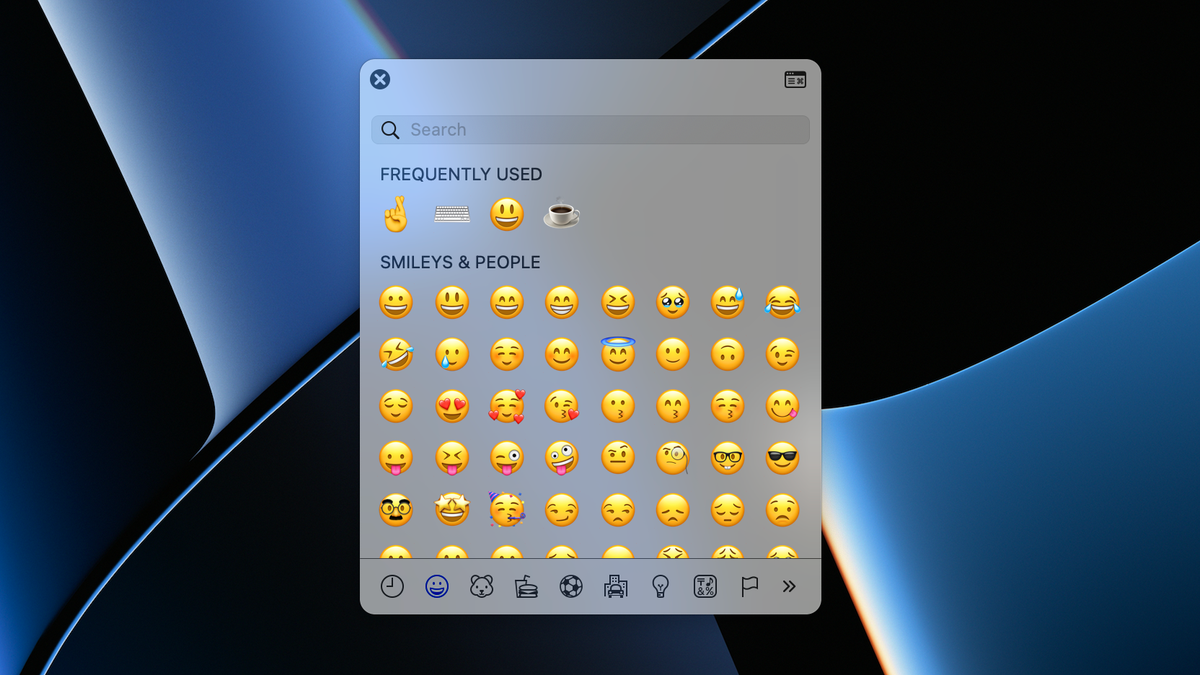Here's How the Mortgage Loan Origination Process Works
Understand this process on your complex—but manageable!—journey to homeownership.


Credit: PeopleImages.com - Yuri A / Shutterstock
Buying a home is an exciting and rewarding journey, but it can also be overwhelming, especially if you’re not familiar with the jargon and terminology used in the real estate industry. One such term is the "mortgage loan origination" process, which describes the series of steps that occurs between your initial mortgage application and the final closing of your loan. Let's take a look at each stage of this process, and what you can expect along the way.
What is mortgage loan origination?
Mortgage loan origination is the process by which a lender evaluates, approves, and funds a home loan. This process involves multiple steps and various parties, including loan officers, underwriters, appraisers, and other professionals who work together to assess the borrower's creditworthiness and the property's value. Now that we've got the fancy definition out of the way, here's what this process actually looks like for prospective homebuyers.
Key stages of the mortgage loan origination process
Let's break down the typical steps you'll need to take during the mortgage loan origination process.
Pre-qualification and application
Pre-qualification is typically the first step in the mortgage process. It provides a general idea of how much you might be able to borrow based on basic financial information you provide to a lender. (Pre-approval, on the other hand, is a more rigorous process that results in a conditional commitment from a lender to provide you with a specific loan amount.)
This process, along with your application, usually involves:
Initial consultation with a loan officer
Preliminary review of your financial situation
Discussion of loan options and requirements
Submission of formal mortgage application (Form 1003)
Payment of application fee
Document collection and verification
The lender will request and verify various documents, including:
Pay stubs from the last 30 days
W-2 forms and tax returns from the past two years
Bank statements from the last two to three months
Investment account statements
Proof of other assets or income sources
Documentation of current debts
Property appraisal and inspection
You'll get a professional appraisal to determine property value. A home inspection is optional, but recommended—especially if you want a handy DIY to-do list down the line. The key difference between an appraisal and inspection is that the appraisal focuses on the home's value, while the inspection focuses on the home's condition.
Underwriting
Underwriting is the process of evaluating financial risk for a fee. During this step, underwriters will:
Review all submitted documentation
Verify employment and income
Analyze credit history and debt ratios
Assess property appraisal
Evaluate overall risk of the loan
Loan decision
At long last. The underwriter will make one of three decisions: Approval, conditional approval (requiring additional documentation), or denial.
Closing process
Once you're approved, there are some final steps to take:
Review and signing of final loan documents
Payment of closing costs
Transfer of funds
Recording of new mortgage with local authorities
Mortgage loan timeline and costs
Everyone's timeline is going to be different, but according to Quicken Loans, the typical timeline is somewhere around 50 days:
Pre-qualification: one to three days
Application to underwriting: one to two weeks
Underwriting decision: three to seven days
Closing: one to two weeks
As far as finances go, know there's a loan origination fee that's typically between 0.5% and 1% of the total loan amount. For more costs, check out the number breakdowns in my interviews with first-time homebuyers across the country.
How to expedite the mortgage loan process
Of course, so many factors can delay this process. Incomplete documentation, market conditions, credit issues—there's a lot that can come up. Here are some tips for making the process as smooth as possible:
Prepare documentation in advance, and keep copies of everything.
Respond promptly to lender requests, and try to be available for quick turnarounds on questions and signatures.
Avoid major financial changes during the process, or opening any new lines of credits while applying for a loan.
The bottom line
Understanding the mortgage loan origination process helps borrowers prepare for what can be a complex—but manageable!—journey to homeownership. Success depends on careful preparation, prompt communication, and working with the right people who can guide you through each stage of the process.

Meredith Dietz
Senior Finance Writer
Meredith Dietz is Lifehacker’s Senior Finance Writer. She earned her bachelor’s degree in English and Communications from Northeastern University, where she graduated as valedictorian of her college. She grew up waitressing in her family restaurant in Wilmington, DE and worked at Hasbro Games, where she wrote rules for new games. Previously, she worked in the non-profit space as a Leadership Resident with the Harpswell Foundation in Phnom Penh, Cambodia; later, she was a travel coordinator for a study abroad program that traced the rise of fascist propaganda across Western Europe.
Since then, Meredith has been driven to make personal finance accessible and address taboos of talking openly about money, including debt, investing, and saving for retirement. Outside of finance writing, Meredith is a marathon runner and stand-up comedian who has been a regular contributor to The Onion and Reductress. Meredith lives in Brooklyn, NY.

 Tekef
Tekef 





























.jpg&h=630&w=1200&q=100&v=154b70b92d&c=1)


